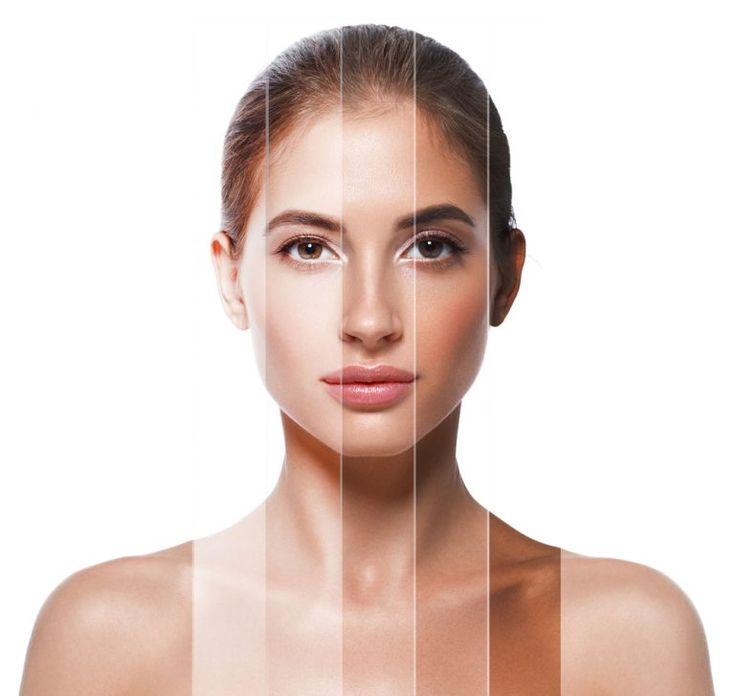Let’s be real—figuring out your skin undertone can feel like decoding a secret language. Warm? Cool? Neutral? What does it actually mean? And why does it matter?
If you’ve ever bought a foundation that looked perfect in the store but turned orange or ashy at home, chances are your undertone was the missing puzzle piece. Don’t worry though—this guide will walk you through how to find your undertone in a way that makes sense (and doesn’t require a degree in color theory).
What Is an Undertone?
Your skin undertone is the natural color that shows through your skin from underneath the surface. Think of it as your skin’s “background color”—it doesn’t change, even if your skin tans in the summer or gets lighter in the winter.
It’s kind of like the base shade in a painting—it affects how colors (like makeup, clothes, or even hair dye) look on you.
There are three main types:
- Warm undertones—your skin has a golden, peachy, or yellow hue.
- Cool undertones – you’ve got hints of pink, red, or bluish tones.
- Neutral undertones – a balanced mix of both; neither color stands out too much.
Knowing your undertone helps you pick foundation that actually matches your skin, find lipsticks that make your features pop, and wear colors that just work for you effortlessly.

How to Find Your skin Undertone: 5 Quick & Easy Tests
1. The Vein Test
Look at the veins on the inside of your wrist under natural light.
- Greenish veins? You’re likely warm-toned.
- Bluish or purple veins? You’re probably cool-toned.
- Can’t really tell? You might be neutral.
Tip: Make sure you’re checking in natural daylight—bathroom lighting lies.
2. The Jewelry Test
Think about what looks best on you: gold or silver?
- Gold jewelry pops on warm undertones.
- Silver looks stunning on cool undertones.
- Both look equally great? You’re probably neutral.
3. The White Shirt Test
Put on a plain white shirt or hold a piece of white fabric near your face.
- Does your skin look more radiant or healthy? That’s a good sign it complements your undertone.
- Warm tones glow more in off-white or cream.
- Cool tones shine in bright white.
- Neutral tones look good in both.
4. The Sun Reaction Test
How does your skin behave in the sun?
- Tan easily, rarely burn? That usually points to warm undertones.
- Burn before you tan or stay fair? You might have cool undertones.
- A mix of both? You could be neutral.
Tip: Always wear sunscreen, no matter your undertone
5. The Color Match Test
Try holding different colored clothes near your face and see how your skin reacts:
- Warm tones glow in earthy shades like orange, mustard, olive, and warm browns.
- Cool tones look amazing in jewel tones like sapphire, emerald, magenta, and icy blues.
- Neutral tones can rock both with ease.
Why Knowing Your Skin Undertone Matters
Knowing your undertone can make a big difference in how makeup, especially lipstick shades, look on you. It helps you choose colors that complement your skin instead of clashing with it. For example, warm undertones look great in coral, peach, and brick-red lipstick shades, while cool undertones pop in berry, rose, and blue-based reds. Neutral undertones? You’re lucky—you can rock a mix of both. When your lipstick shades match your undertone, your whole look feels more natural and put-together. No more guessing or wasting money on colors that don’t work!
Now that you’ve got the scoop on undertones, it’s your turn! Try one or two of the tests we talked about—vein check, jewelry test, or even a white shirt—and see what you discover. Comment below with your undertone and let me know which test worked best for you!
